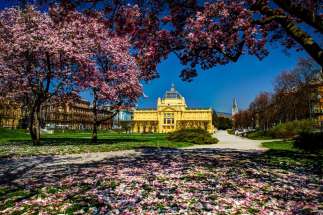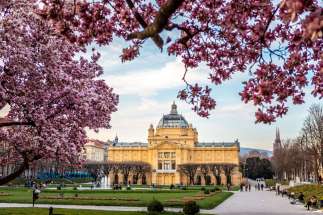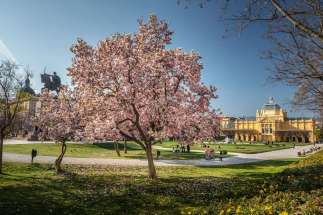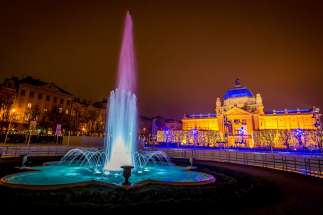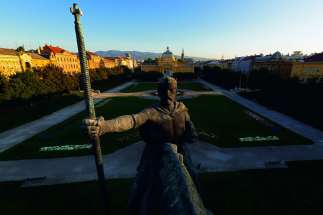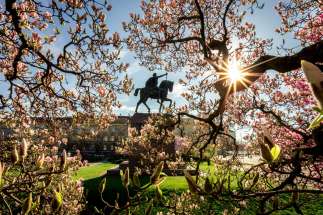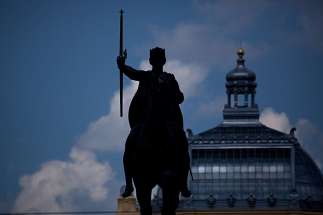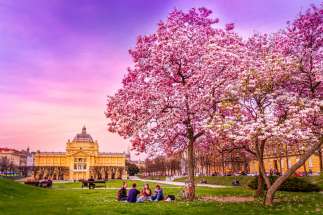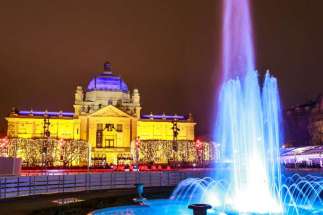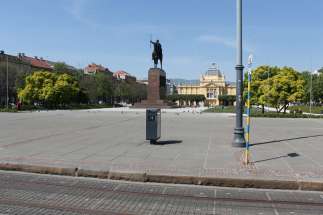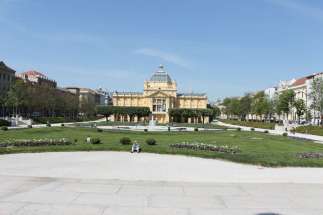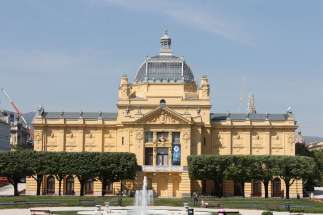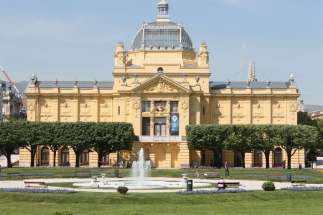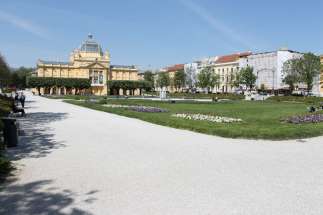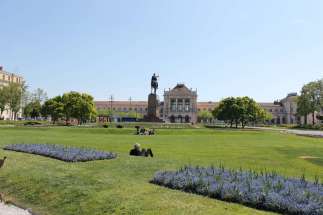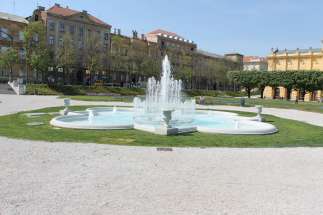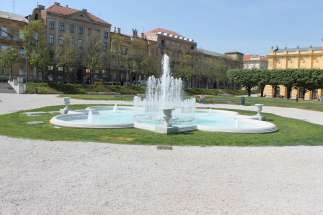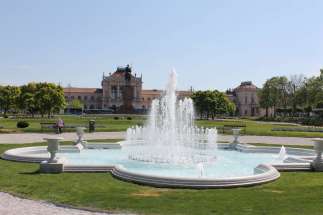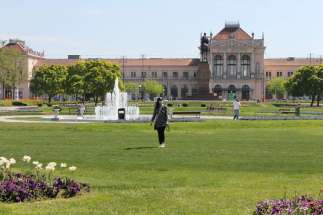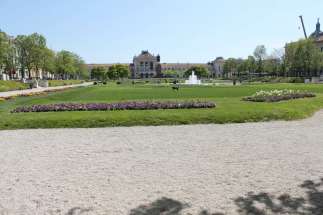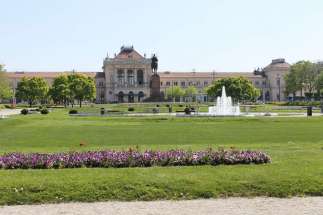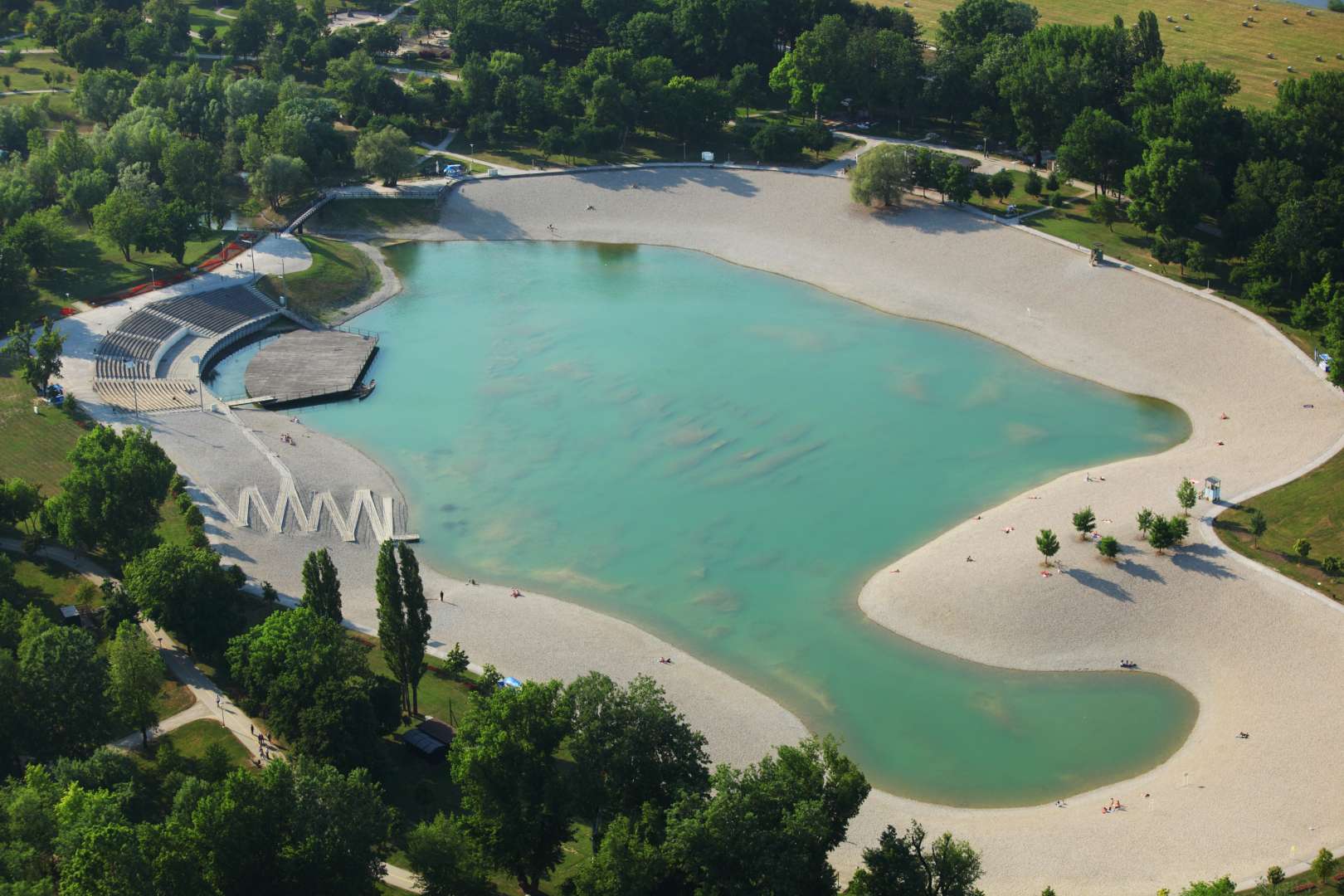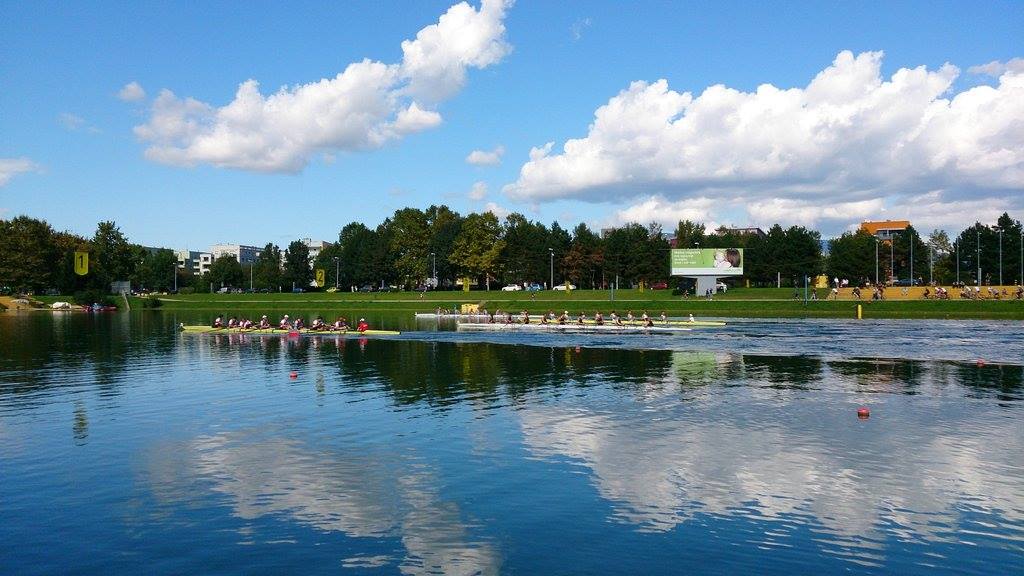Description
This courageous warrior defended the continental part of Croatia from Hungarian attacks and for the first time united all Croatian lands into one country. Tomislav successfully sought papal recognition of his realm, and was crowned as king in the year 925. Despite dying mysteriously three years later, his status as founder of the Croatian state has never been in doubt. The statue of Tomislav on horseback was completed by sculptor Robert Frangeš Mihanović in 1938, although protracted political difficulties and the outbreak of World War II prevented the statue from being installed in its current location until 1947. The railway arrived in Zagreb in 1862, connecting the 40,000-strong city to the economic and cultural centres of Vienna and Budapest. Built in 1892, the station building was designed by Hungarian architect Ferenc Pfaff, something of a specialist when it came to railway stations. Incorporating a mixture of Renaissance and Neo-classical elements, it is a fine addition to the parade of buildings that lies along the route of Lenuci’s Horseshoe. Travellers coming out of the railway station are confronted with one of the most beautiful views in Zagreb, which takes in the statue of King Tomislav, the Art Pavilion, the cathedral’s spires and the green slopes of Mount Medvednica in the distance. Marking the northern end of King Tomislav Square is the Art Pavilion, originally built to serve as the Croatian Pavilion at the Budapest Millennial Exhibition of 1896. Constructed using the latest in metal frame techniques, the pavilion was disassembled at the end of the Budapest exhibition, transported to Zagreb by train, and re-erected at its current location. The ceremonial opening took place in 1898 accompanied by a grand exhibition of contemporary artists. The pavilion was Zagreb’s first dedicated space for art shows, and has been an important venue for high-profile exhibitions ever since.
The hotel Esplanade is close to the main railway station and was built in very short time in 1925. The original purpose of the hotel was to provide top-notch accommodation for passengers on the Orient Express, the luxurious service linking Paris and Istanbul and which used Zagreb as one of the stops. Many celebrity guests stayed at the hotel, which became an important centre for society events. The Zagreb public was particularly intrigued by the performance of a provocative dancer Josephine Baker in 1929, when several virtuous local ladies expressed their disapproval. It was also here that Zagreb’s first beauty contest was held in 1926, with the winner going on to be crowned “Miss Europe” in the following year.


